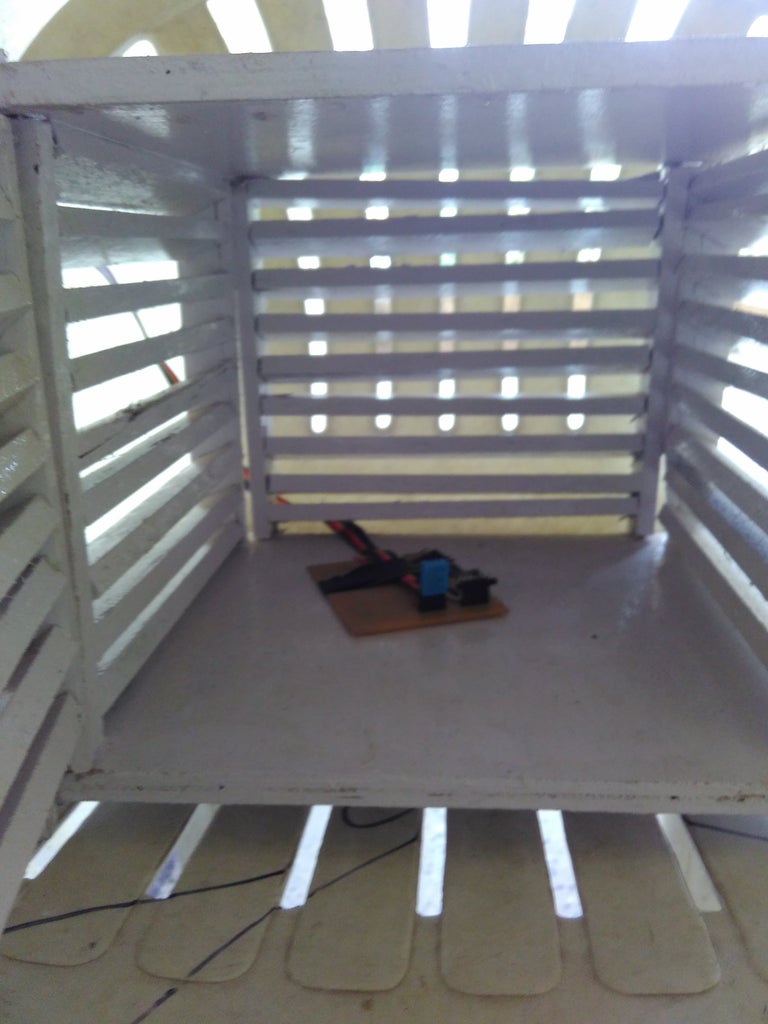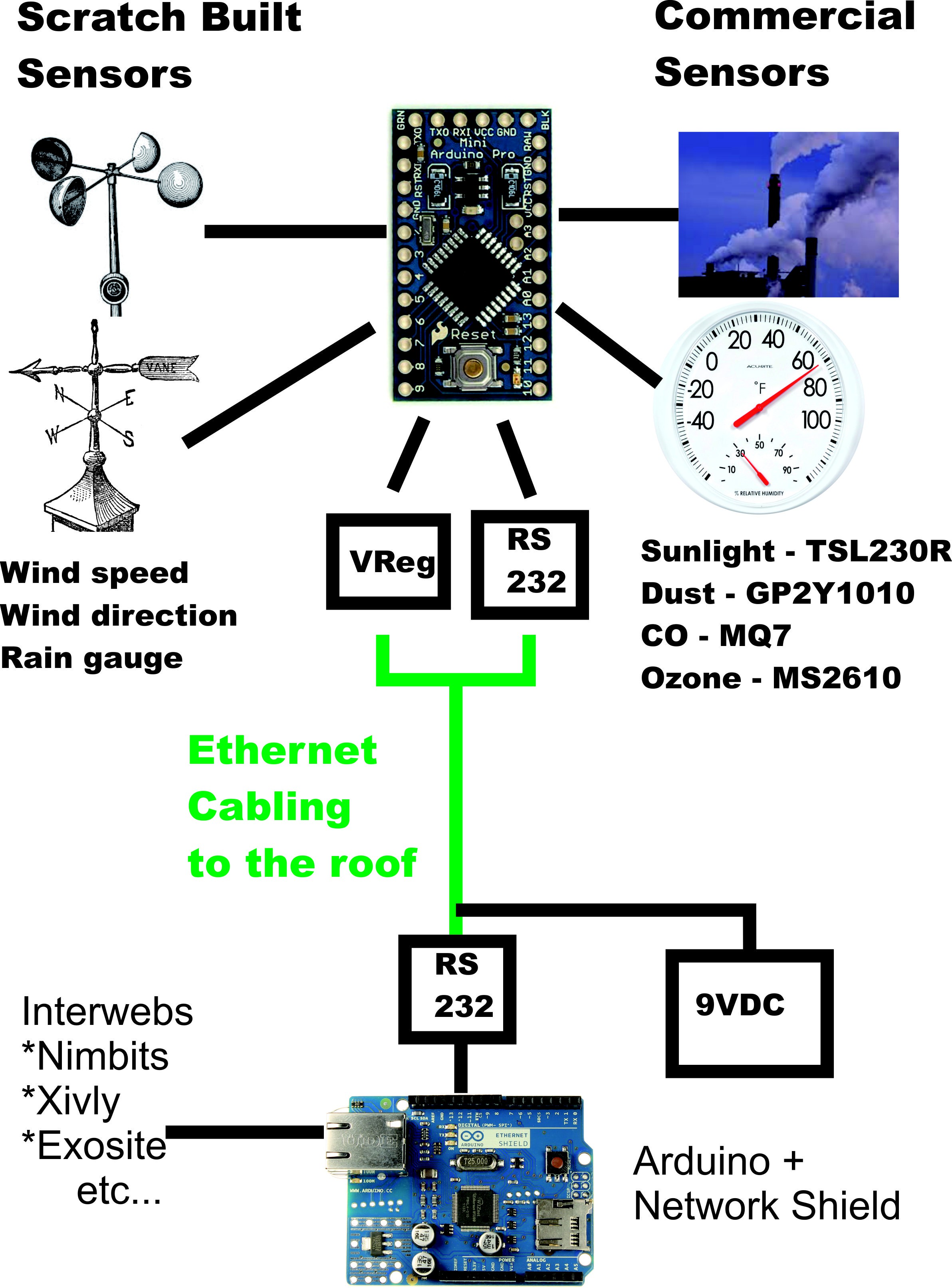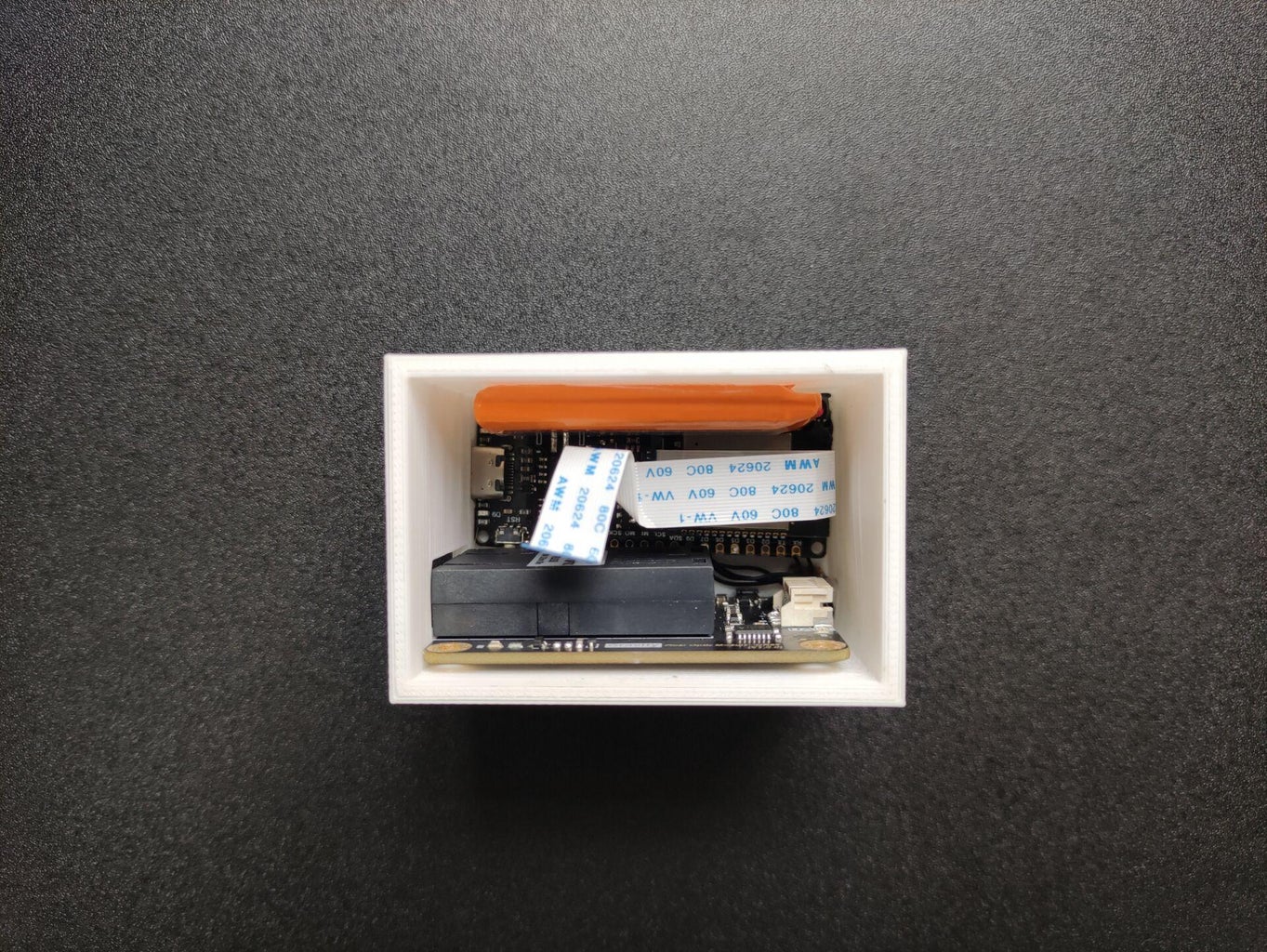Building a DIY Weather Station with Your Kids and No Circuit Diagram Grab your weather station, your mount and all of your tools because you'll need all of them. Get into a car (or a bus I don't care) and get to the future location of your station. Finally, you can mount the station. Making your weather station work in your workshop is one thing, but making it work in the real-world harsh conditions is another. This document describes a study that developed a smart weather station for individual use. The weather station monitors temperature, humidity, pressure, and rain using sensors and processes the data with an Arduino processor to estimate weather conditions. The results estimated from the smart weather station were compared to results from meteorology and found to be close to each other.

In this project, we are going to create a weather station using an ESP32. We will read from the DHT22 and BMP180 sensors and then, using the ESP32, we will create the webpage where we will show the values. Circuit Diagram You can now connect multiple sensors to the board this way. The DHT sensor is connected to Digital 11. Temperature sensor is connected to Digital 10. LDR is connected to Analog 5. Digital 12 and 13 is free. So you can still add 1 sensor if you want. (I want) Because of the LCD no I2C sensors can be connected to the board. Lcd needs the A4 pin If your weather station is located under a tree or an overhang, the rainfall data measured by the station will not be correct. If you place your weather station in an alley, you could very well get a wind tunnel effect on the anemometer, resulting in erroneous wind data. If you want to measure sunlight you cannot have the sensor in a shadow.

ESP32 Weathercloud Weather Station : 16 Steps (with Pictures ... Circuit Diagram
Generally, weather sensors are categorized based on the environmental factors they measure. Let's take a look at some of the most common and useful types of meteorological measurement devices: Multi-weather sensors. As their name implies, multi-weather sensors measure a variety of factors using a single unit. The BME280 offers high precision, with temperature accuracy of ±1°C and pressure accuracy of ±1 hPa. These sensors are great for DIY weather stations but may not be as accurate as professional meteorological instruments. Can I add more sensors to the weather station? Yes, the ESP32 is capable of handling multiple sensors at once.

Raspberry Pi Hats and Sensors for DIY Weather Station. Here are 8 sensors and HATs you can use with a Raspberry Pi to build a weather station: Weather HAT by Pimoroni includes multiple environmental sensors for wind, rain, and light detection. It is designed for seamless integration with Raspberry Pi. Sense HAT measures temperature, humidity
